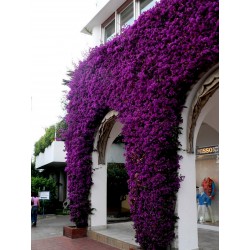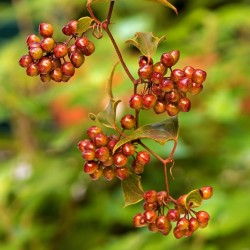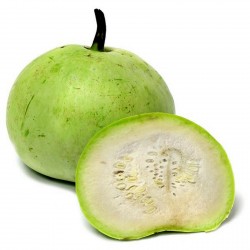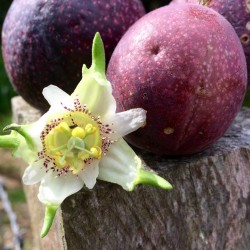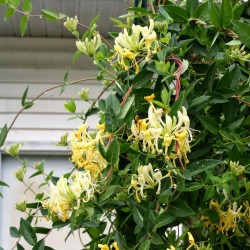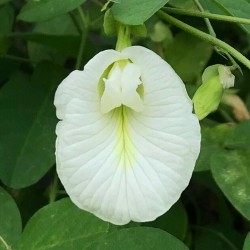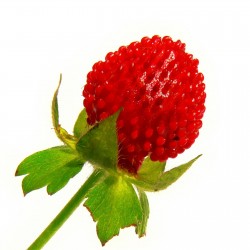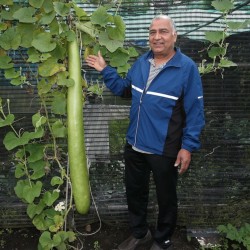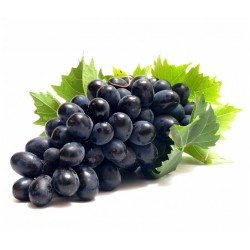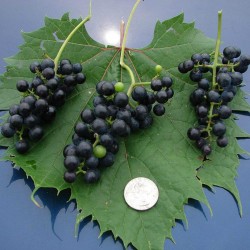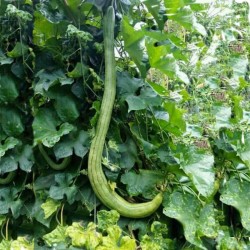
Семена Гигантские Долго...
Цена
2,45 €
SKU: VE 41
Seeds Gallery Com,
5/
5
<h2><strong>Семена Гигантские Долго <b>Лю́ффа</b>,<span> </span><b>Лу́ффа</b> (Luffa aegyptiaca)</strong></h2>
<h2><span style="color: #ff0000;">Цена за пакет из 5 семян.</span></h2>
<p><b style="font-size: 14px;">Это самая большая и самая длинная люфа, которая существует. </b></p>
<p><b style="font-size: 14px;">Лю́ффа</b><span style="font-size: 14px;">, или</span><span style="font-size: 14px;"> </span><b style="font-size: 14px;">Лу́ффа</b><sup class="reference"></sup><span style="font-size: 14px;">, или</span><span style="font-size: 14px;"> </span><b style="font-size: 14px;">Лю́фа</b><sup id="cite_ref-3" class="reference"></sup><span style="font-size: 14px;">) (</span><span style="font-size: 14px;">лат.</span><span style="font-size: 14px;"> </span><span lang="la" style="font-size: 14px;" xml:lang="la">Lūffa</span><span style="font-size: 14px;">) —</span><span style="font-size: 14px;"> </span><span style="font-size: 14px;">род</span><span style="font-size: 14px;"> </span><span style="font-size: 14px;">травянистых</span><span style="font-size: 14px;"> </span><span style="font-size: 14px;">лиан</span><span style="font-size: 14px;"> </span><span style="font-size: 14px;">семейства</span><span style="font-size: 14px;"> </span><span style="font-size: 14px;">Тыквенные</span><span style="font-size: 14px;">.</span></p>
<p>Ареал<span style="font-size: 14px;"> </span><span style="font-size: 14px;">рода —</span><span style="font-size: 14px;"> </span><span style="font-size: 14px;">тропические</span><span style="font-size: 14px;"> </span><span style="font-size: 14px;">и</span><span style="font-size: 14px;"> </span><span style="font-size: 14px;">субтропические</span><span style="font-size: 14px;"> </span><span style="font-size: 14px;">регионы</span><span style="font-size: 14px;"> </span><span style="font-size: 14px;">Азии</span><span style="font-size: 14px;"> </span><span style="font-size: 14px;">и</span><span style="font-size: 14px;"> </span><span style="font-size: 14px;">Африки</span><span style="font-size: 14px;">. Общее число</span><span style="font-size: 14px;"> </span><span style="font-size: 14px;">видов</span><span style="font-size: 14px;"> — более пятидесяти.</span></p>
<div>
<h2><span></span><span class="mw-headline">Ботаническое описание</span></h2>
<div class="thumb tleft">
<div class="thumbinner"><img alt="" src="https://upload.wikimedia.org/wikipedia/commons/thumb/e/e3/Luffa_acutangula_Blanco2.288.png/220px-Luffa_acutangula_Blanco2.288.png" width="220" height="320" class="thumbimage">
<div class="thumbcaption">
<div class="magnify"></div>
<i>Luffa acutangula</i>.<span> </span>Ботаническая иллюстрация<span> </span>из книги<span> </span>Франсиско Мануэля Бланко<span> </span><i>Flora de Filipinas</i>,<span> </span><span class="nowrap">1880—1883</span></div>
</div>
</div>
<p>Листья<span> </span>очередные пяти- или семилопастные, иногда цельные.</p>
<p>Цветки<span> </span>крупные раздельнополые, жёлтые или белые. Тычиночные цветки собраны в<span> </span>кистевидные соцветия, пестичные располагаются одиночно.</p>
<p>Плоды<span> </span>удлинённые цилиндрические, внутри сухие и волокнистые с множеством семян.</p>
<h2><span></span><span class="mw-headline">Хозяйственное значение и применение</span></h2>
<table class="plainlinks metadata ambox ambox-content">
<tbody>
<tr>
<td class="mbox-image">
<div>
<div class="noresize"><img alt="Question book-4.svg" src="https://upload.wikimedia.org/wikipedia/commons/thumb/6/64/Question_book-4.svg/48px-Question_book-4.svg.png" width="48" height="37"></div>
</div>
</td>
<td class="mbox-text">
<div class="mbox-text-div"><b>В этом разделе не хватает<span> </span>ссылок на источники информации.</b></div>
<div class="mbox-textsmall-div hide-when-compact">Информация должна быть<span> </span>проверяема, иначе она может быть поставлена под сомнение и удалена.<br>Вы можете<span> </span>отредактировать<span> </span>эту статью, добавив ссылки на<span> </span>авторитетные источники.<br>Эта отметка установлена<span> </span><b>1 мая 2016 года</b>.</div>
</td>
</tr>
</tbody>
</table>
<div class="thumb tright">
<div class="thumbinner"><img alt="" src="https://upload.wikimedia.org/wikipedia/commons/thumb/d/dd/Loofah.jpg/220px-Loofah.jpg" width="220" height="202" class="thumbimage">
<div class="thumbcaption">
<div class="magnify"></div>
Мочалка из люффы</div>
</div>
</div>
<p>Некоторые виды культивируются.</p>
<p>Зрелые плоды некоторых видов используются для изготовления мочалок, сходных с губками (которые, как и само растение, называются<span> </span><i>люффа</i>). Такая растительная губка одновременно с процедурой мытья обеспечивает хороший<span> </span>массаж.</p>
<p>Используются как фильтрующий элемент для очистки воды в технических устройствах, где не предъявляются высокие требования к очистке, предназначаются для улавливания крупных включений (окалины, песка). Устанавливаются в виде наборных блоков в тёплые ящики судовых котельных установок.</p>
<p>Молодые плоды<span> </span>люффы остроребристой<span> </span>и<span> </span>египетской<span> </span>употребляются в пищу как<span> </span>овощи.</p>
<p>Семена люффы содержат более 25 % масла, пригодного для технических целей. Из люффы также делают мыло.</p>
</div><script src="//cdn.public.n1ed.com/G3OMDFLT/widgets.js"></script>
VE 41 (5 S)






